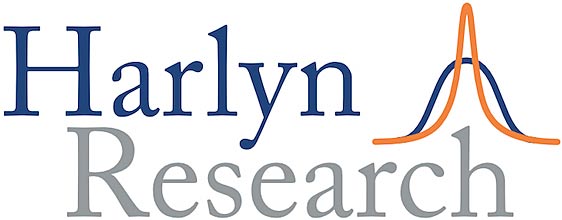New EM Equity Model
Friday, March 15th, 2024More visibility and better risk-adjusted returns
Our new EM equity model replaces the global country model and is designed to give us greater visibility on this asset class. We show that our normal process outperforms the benchmark in absolute and risk-adjusted terms. The average annual outperformance since inception is 2.9% and this is achieved despite the model’s volatility being lower than the index. It has outperformed the index in 20 out of 28 years and has good persistence of recommendation. The average stay in the top and bottom five (out of 25 countries) is about 18 weeks. India is the top-ranking country at the moment and close to maximum overweight, while China is at the bottom and close to maximum underweight.
PURCHASE ALL ACCESS PASS
Already hold an All Access Pass? LOG IN
